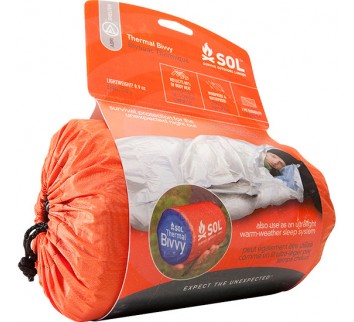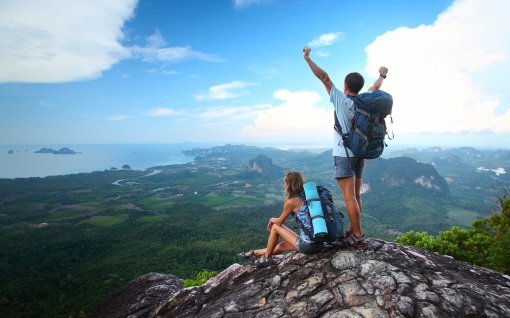 The Mountain Hardwear Lamina 0° is MHW's mid level zero degree offering. With both left or right zipper options available and a long version for those over 6'2, the Lamina has plenty of options in order to find the perfect fit. However, as far as features go, there isn't a whole lot to talk about. The bag lacks a zippered foot box and the guard keeping your zipper from snagging is adequate at best. It does have the standard face gasket and tailored hood. However, these two features are compromised by the bag's draw strings which have the habit of bunching up and coming undone. I have been testing the Lamina for about two years now and have developed a love/hate relationship with this middle of the road synthetic bag. The list of positives is relatively short, the bag is tailored nicely and fits fairly loose along the body leaving plenty of room to maneuver. Also, it has, for a synthetic bag, a very high warmth to compression ratio. This allows you to compress it to the size of roughly a basketball inside of its included compression sack. I will most likely be picking up another bag in the near future as this bag simply is not light enough nor does it have the construction quality and features that other bags afford. I picked this bag up on an impulse buy at my local gear shop as it was on sale and my old bag was in dire need of replacement. While it offers a high warmth to compression ratio, the Lamina falls down in the area of features and build quality.
The Mountain Hardwear Lamina 0° is MHW's mid level zero degree offering. With both left or right zipper options available and a long version for those over 6'2, the Lamina has plenty of options in order to find the perfect fit. However, as far as features go, there isn't a whole lot to talk about. The bag lacks a zippered foot box and the guard keeping your zipper from snagging is adequate at best. It does have the standard face gasket and tailored hood. However, these two features are compromised by the bag's draw strings which have the habit of bunching up and coming undone. I have been testing the Lamina for about two years now and have developed a love/hate relationship with this middle of the road synthetic bag. The list of positives is relatively short, the bag is tailored nicely and fits fairly loose along the body leaving plenty of room to maneuver. Also, it has, for a synthetic bag, a very high warmth to compression ratio. This allows you to compress it to the size of roughly a basketball inside of its included compression sack. I will most likely be picking up another bag in the near future as this bag simply is not light enough nor does it have the construction quality and features that other bags afford. I picked this bag up on an impulse buy at my local gear shop as it was on sale and my old bag was in dire need of replacement. While it offers a high warmth to compression ratio, the Lamina falls down in the area of features and build quality.
2/5










